….USCIRF
@USCIRF Hindu Nationalist Group Seeking to Cleanse Christian Presence From #India Is Not Unlike ISIS, Watchdog Group Warns……David B. Cohen
@DavidBCohen1 “Watchdog” group likens BJP to ISIS, proving they’ve no moral compass. Moral equivalence is not moral, nor is @USCIRF……
….
The argument continues about the curious case that was the 2005 US VISA ban imposed on Narendra Modi as directed by the US Commission on Internal Religious Freedom (USCIRF, see tweet above). The ban was quite unique in its application (apart from Nelson Mandela* back in the day and more recently Prabowo Subianto of Indonesia, see link below for details). There have been (naturally) speculations as to how it came about, and what was the specific role of (american, expat) evangelical Christians.
Interestingly enough, American colonial policy makers have chosen to segregate India (under supervision of the US Pacific Command- PACOM) and Pakistan (US Central Command- CENTCOM). Why is that? Well, we think we know.
The desired impact (of the ban) was to make Modi unacceptable to (and unelectable by) Indians. But that was not how the cookie crumbled. If left alone it was quite likely that Modi would have faded away, similar to how BJP lost in Uttar Pradesh under the pincer attack of Mulayam Yadav and Mayawati. But the humiliation imposed from outside led his own people to see him as a victim. It was Gujarati asmita that helped deliver three in a row victories to the state-house.
….
With these victories under his belt, Modi was able to sell the story (at the national level) of a successful executive who could deliver on growth. This became a major point of contention between rival camps of economists (Amartya Sen against, Jagadish Bhawati in favor). Other people pointed out the poor human development indices for Gujarat. It was noted (correctly) that for disadvantaged people, Tamil Nadu is a much better place to be than Gujarat.
Finally we should not under-estimate the passion of the volunteers of the Sangh Parivar. As late as early 2013 it was not clear that Modi will be getting the mandate (we had opined against this on BP). The elders had argued that the leadership issue be resolved after the election. But the rank and file forced their hand.
It was only with the great reluctance (fearing active American displeasure) that RSS and BJP agreed to go with Modi as chief. And now Modi has crushed all the people who spoke against him…..including the original iron man Lal Krishna Advani.
Our feeling is that people went ahead with gut feeling. The true battleground was Uttar Pradesh and Bihar. Huge numbers of migrant workers from these states (and others) work in Gujarat. They are made welcome in a way (not a very good way admittedly) that they will not be in Tamil Nadu. As a result people accepted the Gujarat growth story at face value. It was going to be vote for Modi (as opposed to a vote for the BJP).
Then there were the topical issues of (excessive) corruption and (zero) safety of women. Modi is clean in a way Tamil politicians are emphatically not. Chennai (and the South) is pretty safe for women but Ahmedabad ranks #1 in national surveys (and has done so consistently).
Eventually in the elections the DMK was wiped out…even the most solid forts crumbled. Corruption is not a killer under normal circumstances because people accept the fact that both sides are equally corrupt. However this election we believe was different (it felt different). People, uncommitted neutrals, not fire-breathing bigots were simply furious.
We saw the evidence of this in the polling booth and (as we pointed out on these pages) it was the first time we were convinced that Modi will win in a big way. The VISA ban had backfired, badly.
………..
The question is then, who really intended to benefit from a ban on Modi. Rajeev Srinivasan is (ideologically) on the right but it does not mean that his analysis is wrong. RS claims that it was a push from US based evangelists which convinced the US political establishment. Is this a valid claim?
There is a long background article (see below) by Zahir Janmohamed which substantiates Rajeev’s claim. The campaign for the VISA ban was led by a John Prabhudoss, an India-born, Evangelical Christian leader based in Washington DC.
The Saffron pogroms directed against the tribal Christians in Odisha (2008-2009)
has been indicative of how the battle of lions vs. Christians will be
fought in the tribal lands of Jharkhand and Chattisgarh. Strangely enough, it turned out
that the Christians (and their allied Maoist brigades) can also turn
into lions, when they murdered Swami Laxmana-nanda Saraswati who had been deeply involved in tribal welfare in Odisha over three decades.
We now expect the frontal invasions to calm down for the moment (but the guerilla warfare will continue). This was confirmed when the US Commission on Internal Religious Freedom (USCIRF) fired a fresh new salvo.
USCIRF
@USCIRF Hindu Nationalist Group Seeking to Cleanse Christian Presence From #India Is Not Unlike ISIS, Watchdog Group Warns http://bit.ly/1AqCYSh
The fire has been returned, not by Hindutva-vadis but Americans keen on building economic (and political) bridges with India
David B. Cohen
@DavidBCohen1 “Watchdog” group likens BJP to ISIS, proving they’ve no moral compass. Moral equivalence is not moral, nor is @USCIRF
The US Christian Leadership knows that if it came to a competition between dollars and bibles, the Americans will always settle for dollars. If active persecution of Christians was bothersome to the USA, Americans would never do business with China, Egypt, and Pakistan.
We are not suggesting that persecution of Christians have to rise to Middle-Eastern (or Far-Eastern) levels for people in India to start taking action. The point is that USCIRF and the US Christian Leadership are picking a wrong battle to fight (and they will lose badly). If America turns its back on India today, China will be waiting with open arms (India has to hand over Arunachal Pradesh and the no-limit ATM will be turned on).
The uncomfortable reality is that you will catch more flies with honey than with vinegar. Comparing India to the Caliphate is not the way. The Bible advises us to turn the other cheek to violence. This implies it is moral courage and not brute force that will eventually win out. If the US Christian Leadership believes that God is on their side (and why not) then they will need to play the long game. They need to act like proper Christians and be patient and in due time the kingdom on this earth will be for them to enjoy (there is no heaven, they know).
….
United States denied a visa to Gujarat’s chief minister, Narendra Modi,
now the Bharatiya Janata Party’s prime ministerial candidate in next
year’s Indian elections. The visa was denied because of Mr. Modi’s
alleged role in the 2002 riots in Gujarat that left more than 1,000
dead, most of them Muslims. But it came about from a highly unusual
coalition made up of Indian-born activists, evangelical Christians,
Jewish leaders and Republican members of Congress concerned about
religious freedom around the globe.
to these events as they unfolded. I worked in Washington. D.C., from
2003 to 2011, mostly at Amnesty International and in the United States
Congress, and I was a part of the campaign to deny Mr. Modi a visa.
the director of the Center for Religious Freedom at the Hudson
Institute, a conservative think tank in Washington, organized a summit
sponsored by the National Association of Evangelicals, an umbrella group
that represents 42,000 Evangelical Churches. At the conclusion of the
event, the delegates pledged their
collective efforts to “take appropriate action to combat the
intolerable religious persecution now victimizing fellow believers and
those of other faiths.”
perfect. Two years earlier, Republicans had taken a majority of seats in
the House of Representatives for the first time since 1952, and the new
batch of Republican Congress members were eager to see that protection
of Christians be a central part of United States foreign policy.
legislation, most of the language on sanctions was dumped. However, one
clause would carry over and would later prove fateful to Mr. Modi.
Section 604 of the new legislation read: “Any alien who, while serving
as a foreign official, was responsible or directly carried out, at any
time during the preceding 24-month period, particularly severe
violations of religious freedom, as defined in Section 3 of the
International Religious Freedom Act 1998 and the spouse and children, if
any, are inadmissible.”
of the initial commissioners had strong evangelical leanings, but when
Felice D. Gaer, the director of the American Jewish Committee’s human
rights program, was selected as a commissioner in 2001, she decided to
widen the panel’s scope to other religions.
around, to make our focus broader,” Ms. Gaer said in an interview. This
chance came in February 2002 when she learned about the riots in
Gujarat, India. “We learned about the riots in real time. We had people
on staff who kept telling us we need to do something,” Ms. Gaer said.
arrange an official commission trip to India to survey the damage caused
by the 2002 riots but was denied permission to enter India.
commission decided to hold a hearing in Washington in June 2002. Ms.
Gaer was “shocked” by the findings at the hearing. “I can’t forget what I
heard that day,” Ms. Gaer said.
an Indian-born, Washington-based evangelical Christian named John
Prabhudoss led a delegation to riot-affected Ahmedabad that included two
Republican congressmen, Joe Pitts of Pennsylvania and Mr. Wolf. Another
person on the trip was Raju Rajagopal, an Indian-born retired health
professional based in Berkeley, Calif.
what we saw in Gujarat,” Mr. Rajagopal said. “People in Gujarat told us
that Indian Americans were sending loads of money to groups like the
R.S.S. and the V.H.P.” that, he argued, had a role in fueling the
violence, Mr. Rajagopal said. He was referring to the Rashtriya
Swayamsevak Sangh and the Vishwa Hindu Parishad, two Hindu nationalist
groups founded in 1925 and 1964, respectively.
violence against women during the 2002 Gujarat riots, written by a
collection of Gujarat-based nongovernmental organizations known as
Citizen Initiative, the authors found that the violence followed “an
escalation of tension and build-up by the V.H.P. and the Bajrang Dal,”
another Hindu nationalist group.
bearing the name and logo of the Vishwa Hindu Parishad, that called for
an economic boycott of Muslims in Gujarat, creating a climate of fear.
However, Human Rights Watch acknowledged that the letter could not be
traced and that the Vishwa Hindu Parishad denied authorship.
returned to California, he began to campaign against the American
support for Hindu nationalist groups in India like the Rashtriya
Swayamsevak Sangh and the Vishwa Hindu Parishad. He co-wrote a 91-page report that alleged that the India Development and Relief Fund, which was based in the United States, had collected $4 million and sent some of the funds to right-wing Hindu groups.
of the report, Silicon Valley companies with large numbers of
Indian-American employees promised to either stop or suspend donor
matching programs with the fund. “It was a tremendous victory and it gave us momentum to keep fighting,” Mr. Rajagopal said.
something else — it created a network of activists across the United
States who could be quickly mobilized when they learned of Mr. Modi’s
planned visit to the country in 2005. “When we heard about
Modi’s visit, we were ready,” Mr. Rajagopal said. “Actually, we had been
ready and waiting for Modi’s visit for a few years.”
sponsoring a conference in south Florida in late March 2005 and had
invited then-Gov. Jeb Bush of Florida, the TV talk show host Chris
Matthews and Mr. Modi. The association was created in 1989 as a trade
group for hotel owners in the United States, and today there are 10,000
members representing 22,000 hotels. The group’s chairman, Nash Patel,
said at the time that 98 percent of the group’s members had roots in
Gujarat.
by the group was signed by over 100 professors and sent to the hotel
association, asking them to rescind Mr. Modi’s invitation. Another
pressure group flooded Mr. Matthews with letters.
on Washington. “If this was going to work, we had to make a legal and
not a political argument as to why the United States should deny a visa
to Modi,” he said. He zeroed in on the International Religious Freedom
Act of 1998, which stipulates that no person who has violated religious
freedom could enter the country.
on Mr. Pitts, the Republican lawmaker who accompanied him on a visit to
Gujarat in 2002, but he had a tough time convincing Democrats to block
Mr. Modi’s visa. “We needed a Democrat
so the White House could say there is bipartisan support against Modi,”
Mr. Prabhudoss said. He hired two professional Democratic lobbyists to
assist him with his efforts, for an amount Mr. Prabhudoss declined to
disclose.
an ally in John Conyers Jr., a Democrat from Michigan who is the longest
serving African-American member of Congress and has a large Arab and
Muslim constituency. On March 16, 2005, House Resolution 160
was introduced in Congress, condemning Mr. Modi “for his actions to
incite religious persecution.” On March 18, the State Department denied
Mr. Modi a visa.
India, David C. Mulford, said,
“This decision applies to Mr. Narendra Modi only. It is based on the
fact that, as head of the state government in Gujarat between February
2002 and May 2002, he was responsible for the performance of state
institutions at that time.”
visa denial in 2005 “an attack on Indian sovereignty” and raised the
question, “Will India also consider what America has done in Iraq when
it processes visa applications of Americans coming to India?”
denying Mr. Modi a United States visa, disillusionment quickly set in
for Mr. Rajagopal, the retired California businessman who accompanied
Mr. Prabhudoss to Gujarat in 2002. “The frustrating thing
was that the visa denial was probably the only thing really dealt a
blow to Modi,” he said. “I just wish it had been brought about by a
large, secular coalition. I am not so sure that is true. The thing that
made a difference was the right-wing evangelical support.”
acknowledged that evangelical support played a big part but said that
Mr. Modi was denied a visa for other reasons as well. “Back then, we were
working without any opposition. It was incredible, really,” Mr.
Prabhudoss said. “The Modi supporters were there, but they sat that one
out.
today. You could speak against Modi and there were no political
consequences. Today, it is a completely different story.”
“When the U.S. denied
Mr. Modi a visa in 2005, it was like the U.S. denying a visa to the
governor of Iowa — no offense to Gujarat,” he said. “The U.S. did not
see it as a big deal. And back then, it seemed clear to everyone in this
town that Modi was involved in the riots. Now the picture is fuzzier,
and many are intrigued by Modi.”
government’s stance on Mr. Modi remains the same. Two days after Mr.
Modi was selected on Sept. 13, 2013 as the official prime ministerial
candidate to represent the B.J.P., the United States government
reiterated its policy on Mr. Modi’s visa.
our longstanding visa policy,” said Marie Harf, a State Department
spokeswoman. “He is welcome to apply for a visa and await a review like
any other applicant.”
the opposition to Mr. Modi’s visa in 2005, there are now Republicans
among Mr. Modi’s strongest supporters. When the Tea Party candidate Joe
Walsh campaigned in Illinois for Congress, he promised he would push the United States to grant Mr. Modi a visa. (He lost to his Democratic challenger, Tammy Duckworth.)
Mr. Modi in Gujarat, including Cathy McMorris Rodgers of Washington
state. The trip for Ms. McMorris Rodgers and her husband cost $15,000
and was paid for
by the co-founder of the National Indian American Public Policy
Institute, Shalli Kumar, a supporter of Mr. Modi based in Chicago.
Mr. Modi continues to be led by Republicans as well, in particular by
Mr. Pitts and Mr. Wolf. In November, Mr. Pitts introduced House Resolution 417,
which urges the United States government to continue to deny Mr. Modi a
visa. Notably, the resolution has 28 co-sponsors, the majority of them
Democrats.
expected to pass, partly because India is not seen as a priority in
American foreign policy at the moment. When I conducted research in
Washington this summer, many House and Senate aides said they had no
idea who Mr. Modi was. Those who did know told me they would make up
their minds about Mr. Modi when next year’s elections in India are
decided.
profile in India, there is still little interest in Mr. Modi in
Washington. This may be a harder pill for Mr. Modi to swallow: It is not
that he is hated or loved in Washington; he is just not mentioned much.
however, is that the Indian lobby is much more powerful today than it
previously was. “There is no Modi lobby,” said a former colleague of
mine from Amnesty International, who asked not to be identified
because of the sensitivity of the matter. “There is an Indian lobby, and
they do not want to hear any criticism of India, whether it be on the
Delhi rape case or on the Modi issue. They just want to hear good things
about India.”
especially Indian Americans in the United States government, said they
are anxious to see how the issue plays out. One of them, who was
appointed to a senior position by President Obama, agreed to meet me at a
cafe in Washington but asked to remain anonymous because this official
was not authorized to speak to the media.
cliché,” the official said, “but our talking point on India has always
been, ‘India and the U.S. are both democracies that share the same
values.’ You cannot really apply that statement to Modi. If Modi becomes
prime minister, I guess we will have to come up with something new to
say.”
…
Link (1): firstpost.com/modis-us-visit-will-be-all-pomp-and-of-little-circumstance
Link (2): thejakartapost.com/us-backflip-modi-ban-a-fillip-prabowo
Link (3): nytimes.com/u-s-evangelicals-indian-expats-teamed-up-to-push-through-modi-visa-ban
….
regards
PS * No, we are not foolish enough to compare Modi with Mandela
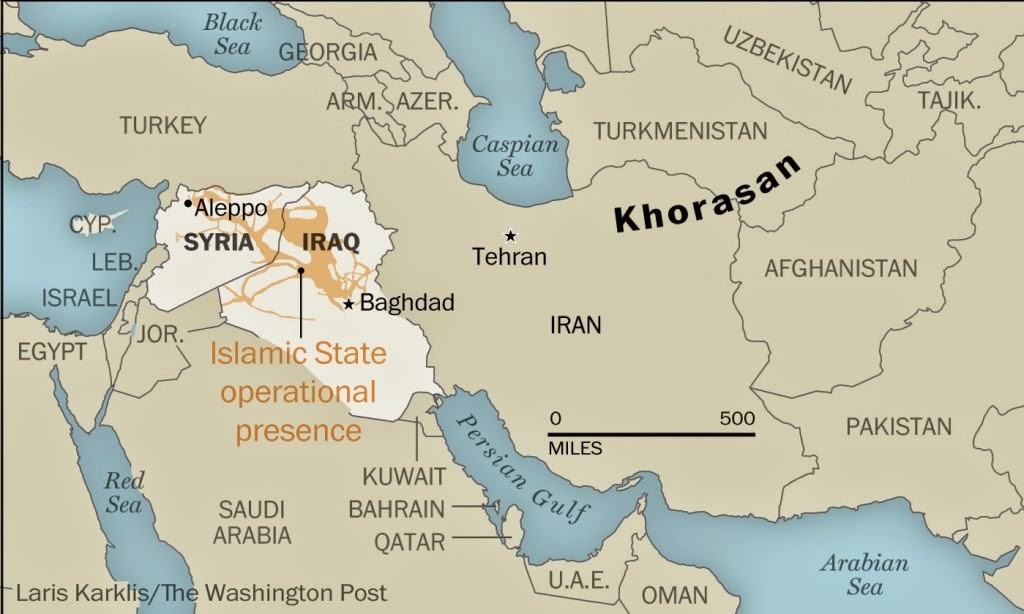
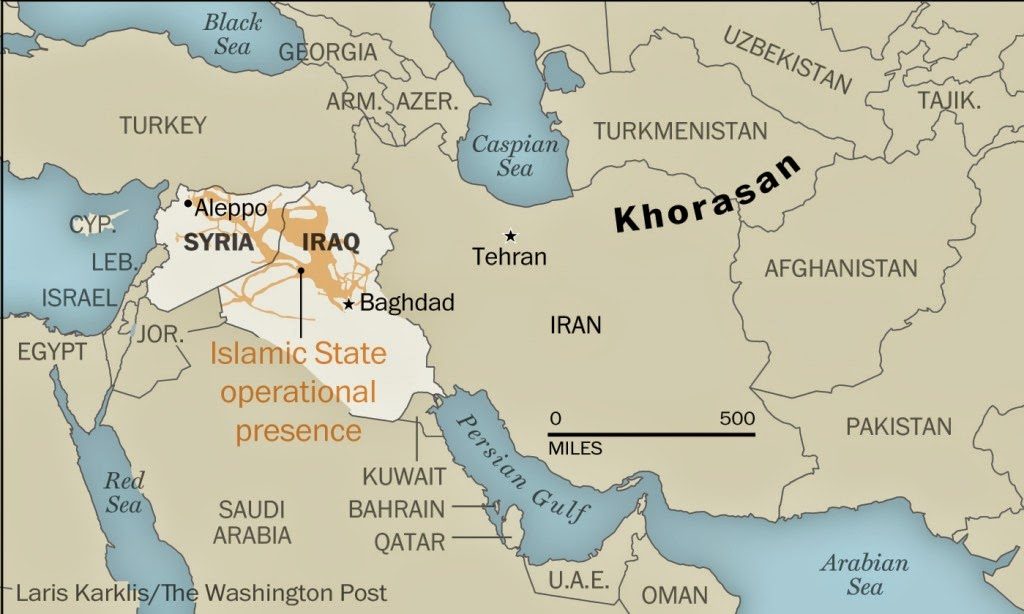
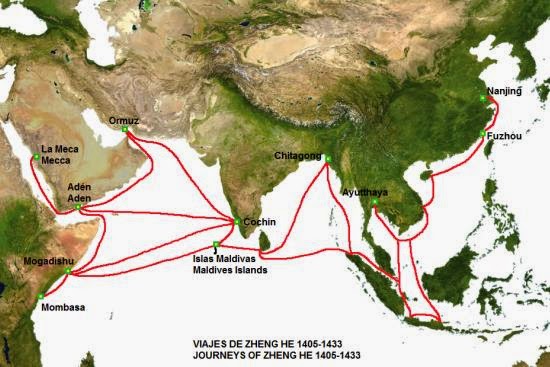

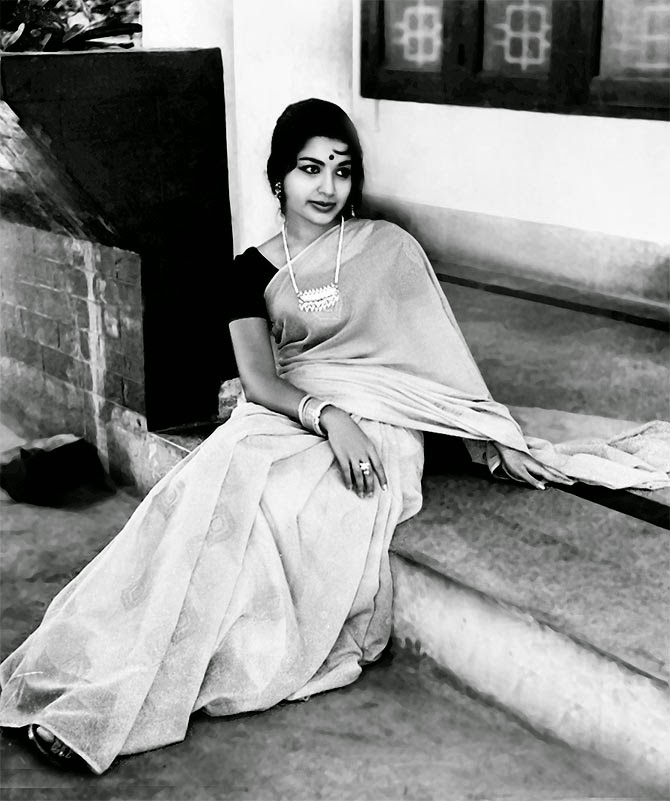

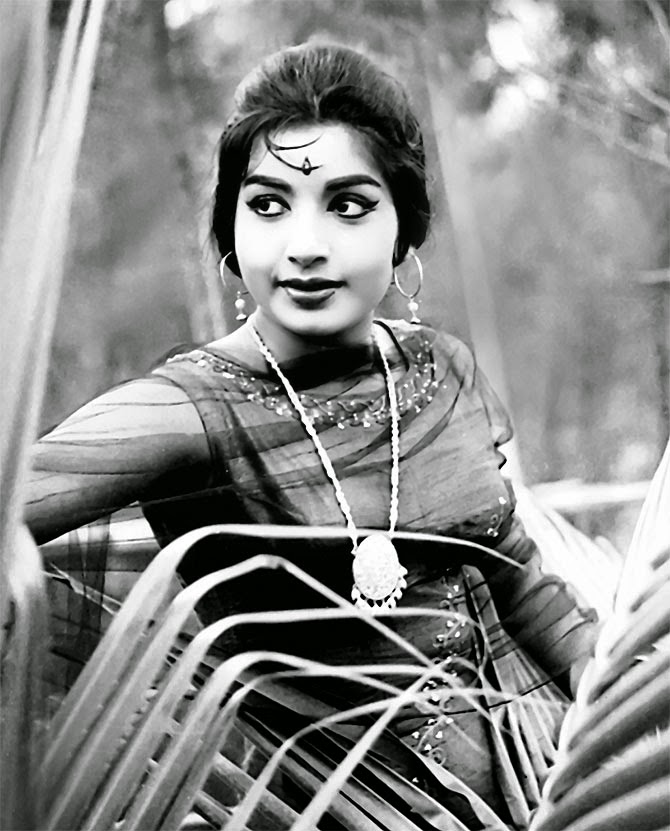
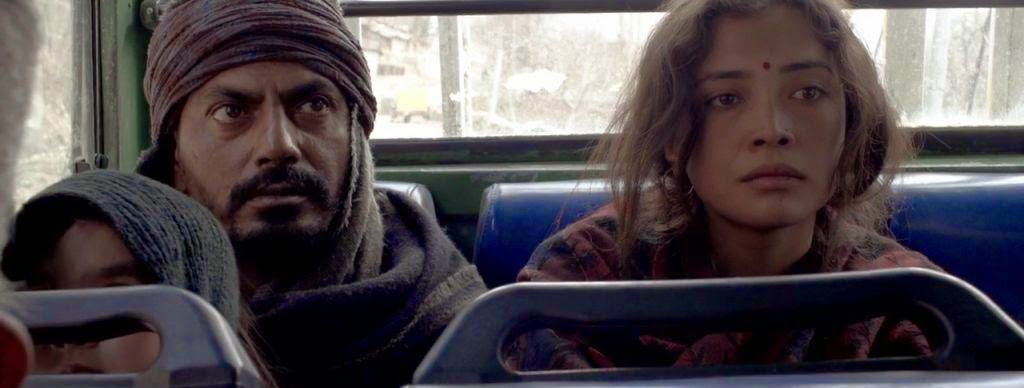
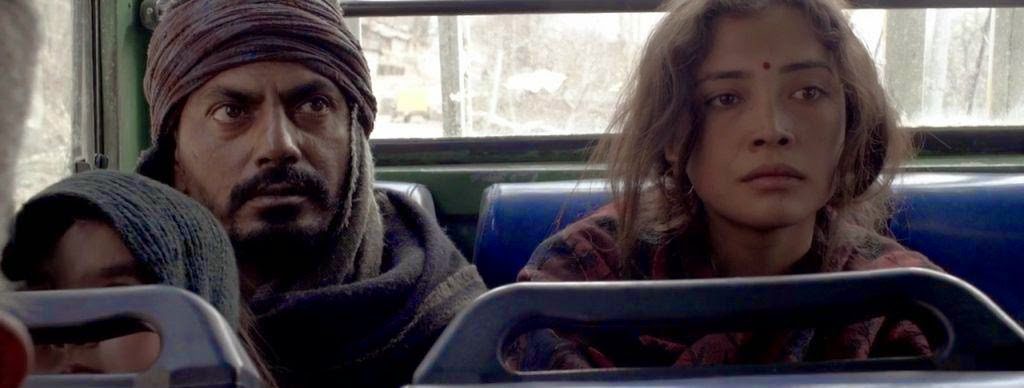
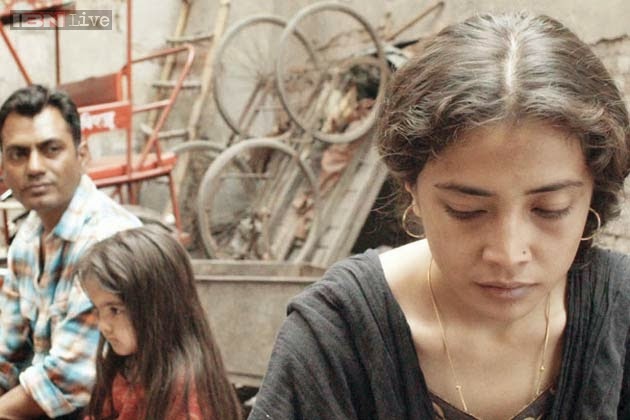
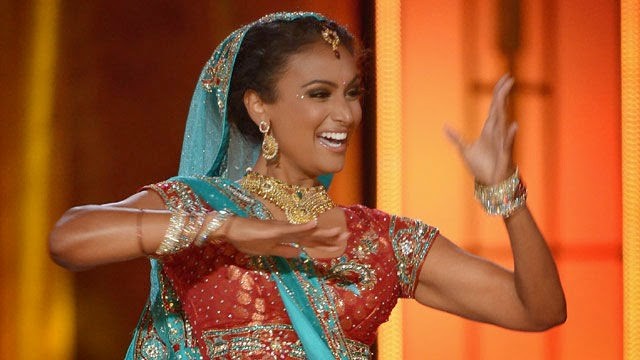

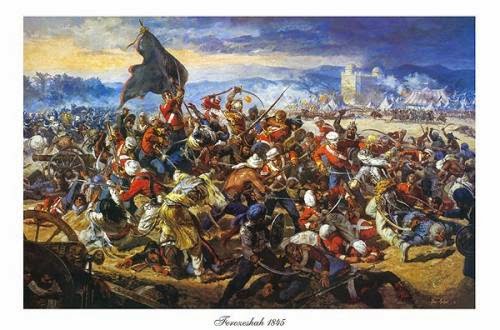

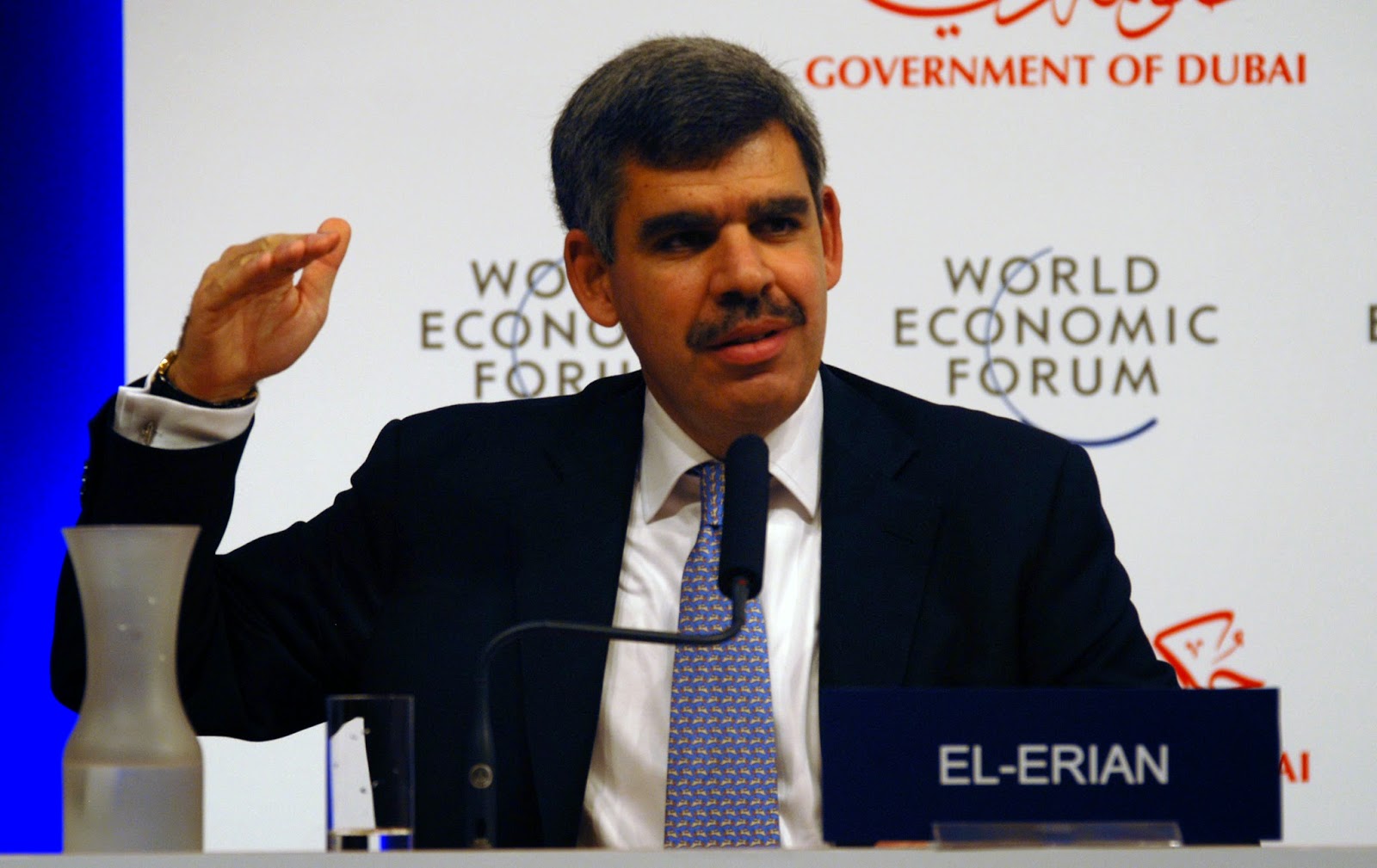
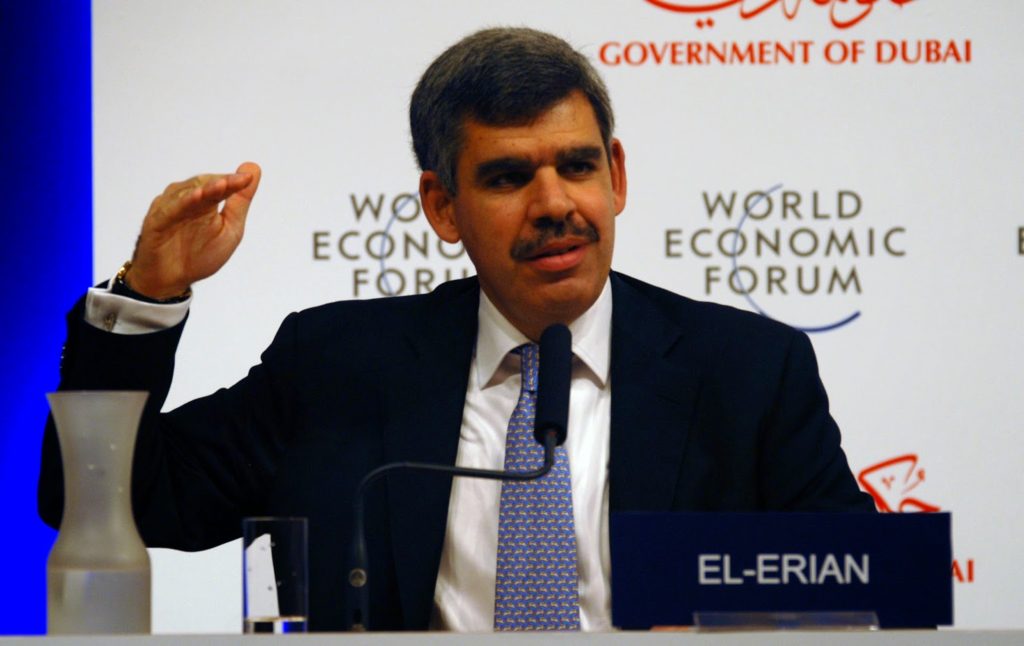 …
…